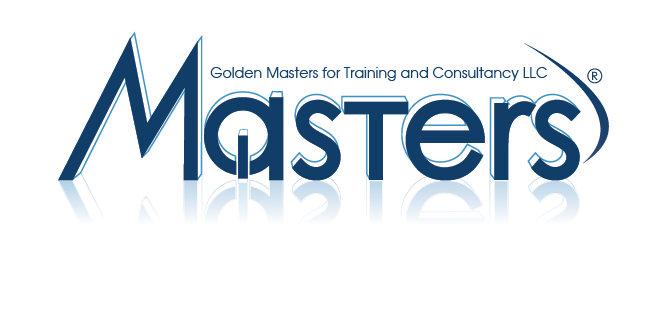Course Description
What you will learn
- The concepts and practical application of RBA
- Understand how to identify, mitigate and control risks effectively
- Challenge management and sell the benefits of proactive risk management
- Audit major areas of risk for your business with confidence
- Add value to your organisation by the application of risk-based audit services
- Gain confidence in your audit plans through understanding the role of risk
- Plan risk based assignments efficiently and effectively
- Understand the role of IA in fraud prevention and detection
- Measure success effectively
Why you should attend:
The Institute of Internal Auditors in a recent professional guidance statement stated the following :-
'Internal Audit are being asked to provide much greater assurance to Senior Management than ever before. The Institute believes that the only way to provide such objective assurance is by means of risk based auditing'.
Audit functions that are able to focus their efforts towards the significant risk in their organisations are able to concentrate their limited resources on the issues which drive business goals and aspirations. In consequence audit plans are directed at the issues, which really matter. This course provides all the latest developments. The course features interactive voting and includes many new topics.
Furthermore, a participative approach whereby auditors and managers work together to identify, assess and control business risks significantly enhances the level of assurance and reduces the chances of nasty surprises – a huge benefit in these more difficult times
Course Certificate:
Masters Consultant certificate will be issued to all attendees completing minimum of 75% of the total tuition hours of the course.
Who Should attend?
- Heads of Audit, Audit managers and senior auditors
- Auditors responsible for developing or implementing a risk based approach
- Other assurance professionals such as those in Compliance and QA functions who are wanting to develop their Risk based approach
- Managers and Directors of business functions – to aid their knowledge of a risk based audit approach.
- This course will be highly beneficial for delegates that have previously attended the Certificate in Internal Audit 2 – Internal Audit Practitioner or Certificate in IA 3 – Advanced Audit skills
Course Outline
Risk and the Internal Audit role
What is Risk Based Audit?
- Definitions
- Worldwide trends
- Trends (from the BRM Internal audit best practice database)
- The transition from systems based to risk based assurance
- The different approaches to audit
- Audit’s primary roles, objectives and concerns
- What is best practice?
- Perceptions of internal audit – 2008 survey results
- The role of the function – policeman, risk assessor or consultant
- How to ensure you adopt best practice
- Interactive voting – the challenges of RBA (20 questions)
- The key challenges resulting
Exercise 1 Challenges for Internal Audit
- The need to widen the coverage - to become less financially based
- RBA in the different sectors
- The need to introduce a broad business based approach and the actions required
- The steps needed to embrace a risk based approach
The Nature of Risk
- The concept of risk
- The relationship between risk and objectives
- Why senior management may lack a full understanding of the risks
- Risk culture
- Interactive voting – the role of IA in risk management (25 questions)
- Surprises and risk
- Measurement of risk: probability and impact (or likelihood and consequences)
- Categories of risk
- Inherent and residual risk
Exercise 2: Analysing a disaster Business Risk
- The wider business agenda – understanding strategic risks
- How risk management has grown from being a useful tool to being the very pulse of the organisation
- Corporate governance and the challenges posed
* Building an appreciation of your organisation’s risk appetite
- The new International Risk standard ISO 31000
- The AUS/NZ Risk Management Standard
- The COSO standard
- Steps to take in establishing a business risk management programme
- Leading the programme – skills required
- Outline of a best practice process
* Risk Identification and Evaluation
- Approaches and techniques
- Explanation of a risk workshop approach
- The need for facilitation skills and the characteristics required
- How to identify, sift and group the risks
- The use of diagnostic questions and thought- provokers
- Measuring the consequences and the likelihood of occurrence of each key risk
- Risk scoring
- The use of risk matrices to prioritise the risks
Exercise 3: Interactive Risk Workshop Assessment of Risk Mitigation
- The need for separate mitigation workshops
- How to assess risk mitigation
- Identification and evaluation of risk exposures
- Dealing with the exposures (The 4 Ts – terminate, tolerate, treat or transfer)
- Exploiting opportunities
- Establishment of action plans
Exercise 4: Risk Exposures
The RBA Role The Role of Internal Audit in Risk Facilitation
- IIA Advice
- The benefits of close involvement
- The drawbacks
Risk and Internal Audit
- The changing scope of modern internal audit
- Identifying, appraising and evaluation risk during the audit process
- Translating key risks from the business risk process into the basis of the audit programme





